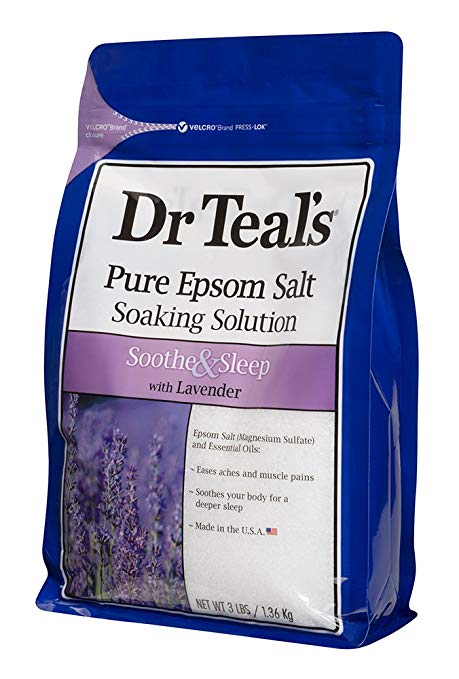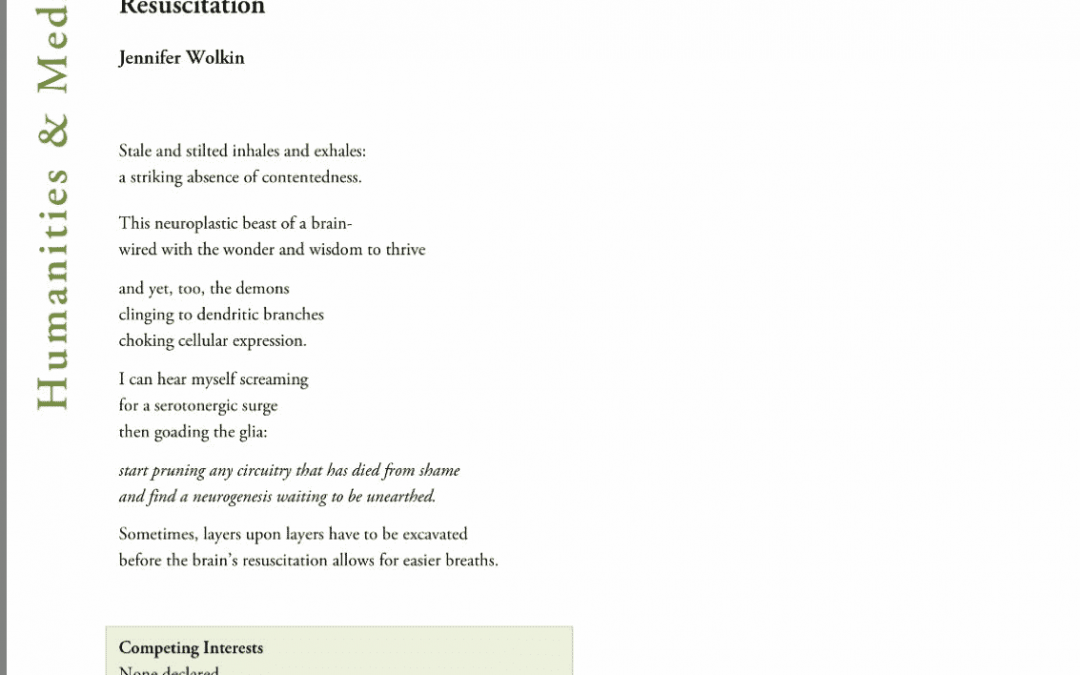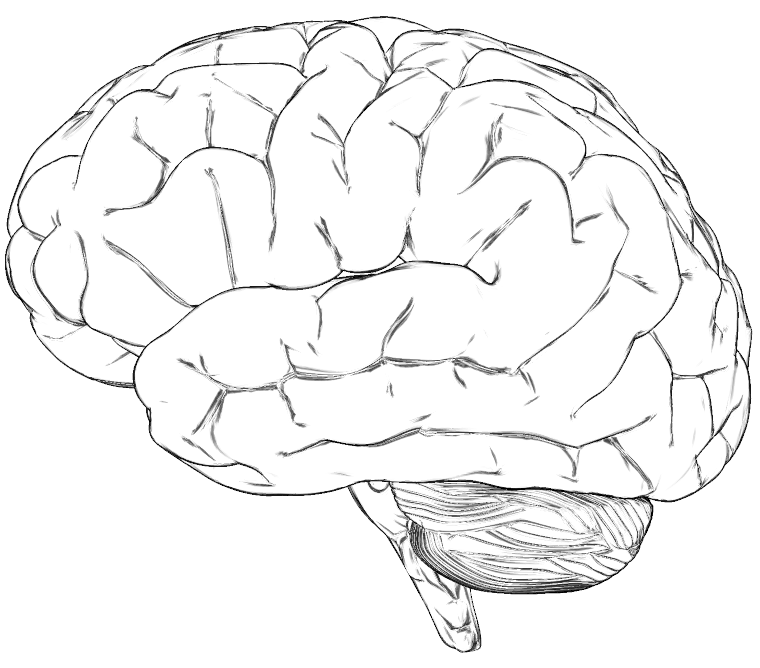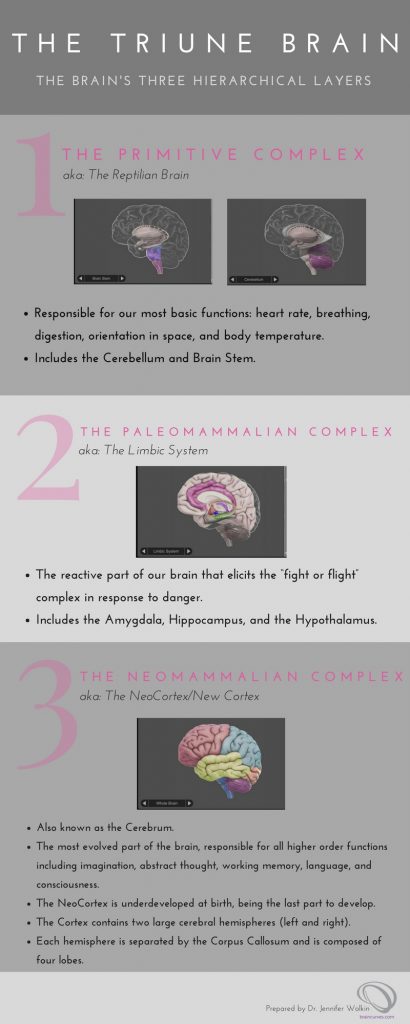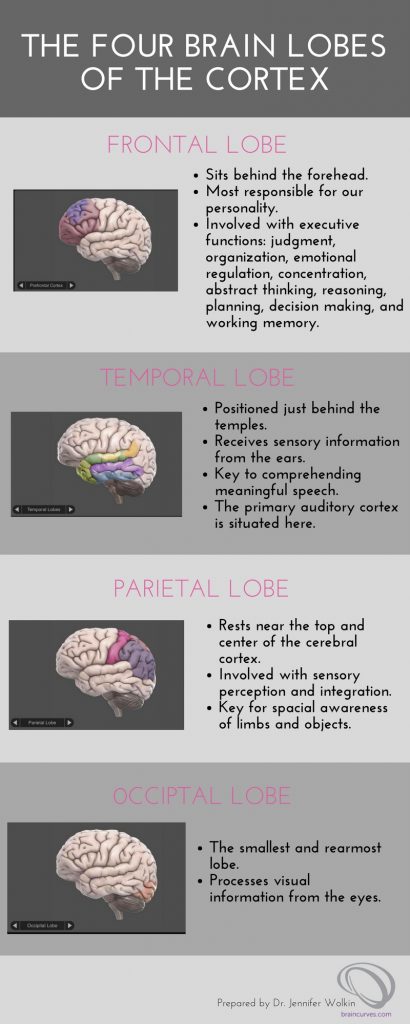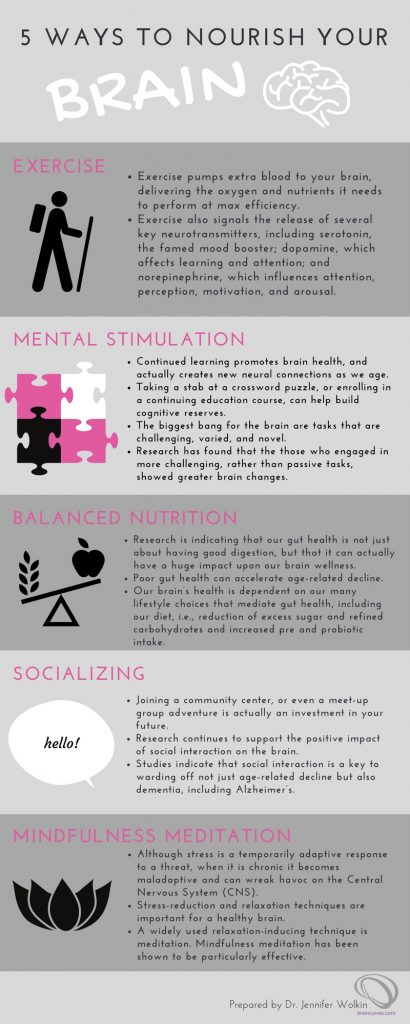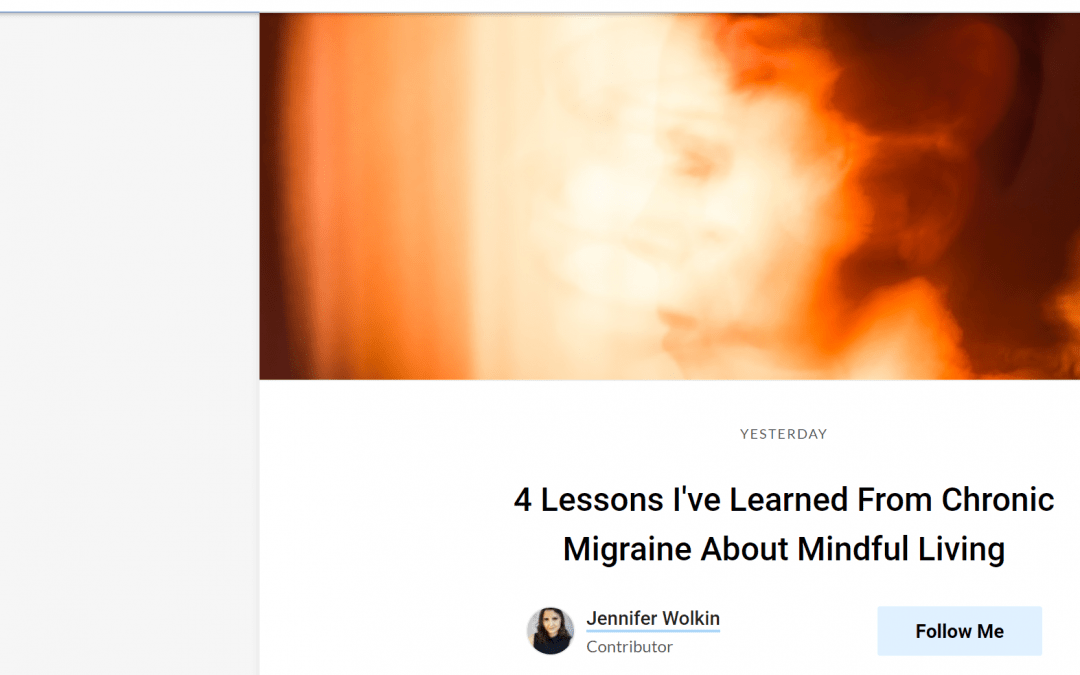
17 Mental Health Tips to #StayCovidCalm
I am writing to you at this unprecedented time in our history. A time of collective, global trauma. We’re scared. We’re vulnerable. We’re mentally exhausted. People are saying to stay positive, but I want to validate your emotions, you are safe from the catchphrase ‘good vibes only’ here.
There is so much beyond our control these days. As humans, we don’t like uncertainty at the best of times, at baseline. We thrive on timelines and surefire deadlines. So we are all trying our best to find equanimity, mental calmness, amidst this uncertainty.
It is my hope that these 17 #StayCovidCalm actionable tips, that you can take today, will help you focus on treating yourself with kindness during this difficult time. You don’t have to have a productive pandemic, just take care of yourself to the best of your abilities, and that’s more than enough.
Set media/news boundaries:
Be very discerning of the media you are consuming (stick to known reliable sources), and set boundaries around when and how you consume media. I’d recommend not to watch it right before sleep, and to set specific times during the day to read or watch and have a cut-off time.
- It won’t help to check news every 15 minutes. This won’t lead to any more productive action, and will only serve to induce panic. Keep yourself updated with ONLY important, helpful facts from well-informed sites. Saturating on social media can literally overwhelm our brains.
- It’s also very reasonable to set boundaries with people who are sending you information. If someone is texting you with information every hour, and it’s creating anxiety, do gently let that person know that this isn’t serving you. Take appropriate action.
- Keep prepared, because it is the mindful thing to do for oneself and society at large. This means do what is recommended with as little worry as possible that you’re not doing enough. If you’re doing what’s recommended, then you are doing enough.
Allow yourself to feel all the feels:
It is not only okay, but a necessity to allow ourselves to experience the gamut of emotions we encounter, and not just try to stay positive and feel “good vibes only,” which sometimes is a message we confront on social media. Allowing ourselves to feel all we are feeling, without shame or judgment, and then seeing that we can move through these emotions, is essential for mental health right now. Our mind space is big enough for all the feels, even seemingly contradictory ones. In fact, allowing space for them is healthy. I call this “feelings the ands”, as in, “I feel this AND this.”
Practice gratitude:
while it is important to allow yourself to have all the feels, it can ALSO help to take a moment to consciously express gratitude at least once each day and to take perspective. So, before you go to sleep, or after waking up, see if you can list and reflect upon three things in that very moment you feel grateful for and, if needed, you can use the same three each time. Examples include: loved ones, health, healthcare providers, leadership during this time, roof over one’s head, groceries, grocery shop personnel, the sun coming out, a breeze, the warming weather.
Create structure and routine as much as possible:
At baseline our brain’s like a sense of routine, it helps maintain perceived control, and our brain veers towards “order”, especially during a time of great uncertainty. Of all times, this is a time to build in some kind of routine to your day. This could mean going to sleep and waking up at the same time. This could mean doing virtual work in the same space every day. This could even look like a scheduled afternoon walk, as long as we are abiding by social distancing.
Virtually connect:
Social connection is paramount during this time. Even if it’s not your ideal to connect virtually, give yourself a healthy push to reach out to be in touch with and be held by a community. Even if we don’t love it, we must push ourselves to connect with others – social connection is key and crucial, even virtually. It may not be ideal but it is something that will keep you safe and healthy.
Find creative outlets:
Creative expression connects us back to ourselves. It also allows us to use our mind in ways that promote a sense of freedom in a time when we are feeling locked down.
Journal:
Record history from your first-person perspective if this will help you create a sense of purpose. During so much unknown, having a call to action that creates a sense of meaning can go a really long way towards lifting depressed feelings.
Pray:
Reach out to whatever you believe is out there that is greater than you. This allows us to surrender some of the burden that we might feel to have all the answers, and the need to problem solve and fix what is beyond our power to do so.
Connect to something greater/give back:
Asking how can I be of service often helps us get outside our own selves and can soften depression and anxiety. It gives us a sense of purpose, to create meaning at a time when not much seems to make sense.
Focus on what we can control vs. what we can’t:
There is so much we can’t control now, and also, at the same time, we have been given guidelines to adhere to. If we allow ourselves to follow what’s recommended, and surrender into the knowing that we can’t control much more, we might feel some anxiety relief.
Practice radical acceptance:
Practice radically accepting the present-moment for what it is. This doesn’t mean we roll over and passively resign to whatever circumstances we are experiencing. What it means is totally and completely accepting that the reality of this moment, is, in fact, the reality of this moment, and that to resist present-moment reality is not only impossible, but creates stress. Radical acceptance is a practice based on the idea that although we can’t control for the most part how life unfolds, we can, in fact, control how we perceive or react to life unfolding. Fighting against reality, even if said reality is painful, is likely to cause suffering beyond that of the reality itself.
Exercise:
Both weight training and cardio have mental health benefits. This can mean jumping jacks or jogging in place, or using weights you have at home while following along to a YouTube guided workout. Many gyms are also doing virtual sessions. Weight training exercise is a life force and a crucial part of mind-body-brain hygiene. Exercise has been shown to raise serotonin levels, the neurotransmitter that many antidepressants focus on producing. Exercise can also elicit endogenous endorphins, the body’s natural painkillers, and of course, bring more oxygenated blood to the brain.
Stretch:
Just as crucial as exercise is, so is stretching regularly, to ease tension and stiffness, especially if we are sitting more while in quarantine. Particularly, try to make time to stretch my psoas muscles. They are the only muscles that connect the spine to the legs, attaching from the 12th thoracic vertebra to the 5th lumbar vertebra through the pelvis and down to the femurs. Needless to say, the psoas muscles, therefore, play a crucial role in one’s core structural wellness, especially the psoas major, the biggest muscle of the group.
- The absolutely mind-blowing understanding regarding the psoas muscles though, is that they have been actually touted as instrumental to one’s mental well-being as well! The psoas muscles flank the diaphragm and the many connections between the psoas muscles and the diaphragm literally link these muscles to our breath, which is sensitive to fear. When we are in a state of fear, the breath is shallow and constricted, and the diaphragm isn’t being used to take deeper, calming breaths. The psoas feels this, and holds the fear. This means that if we are in a constant fight or flight mode, due to chronic stress, then our psoas muscles are also chronically stressed and constricted. This would also mean that an over-constricted psoas, caused by poor posture for example, could actually elicit fear.
- So, after hours and hours of sitting in a position that constricts our psoas muscles, it’s no wonder we have a visceral feeling of tension that seems to envelop our minds, bodies, and brains. Stretching my psoas is literally like a sigh of relief. There are videos online to help guide in how to find the psoas and how to stretch it with the most significant impact.
Maintain physical wellness:
Mental health and medical health are inextricably intertwined.
- Eat regular meals: Try to eat set meals to nourish yourself. If you tend to overeat during a stressful time, see if you can take a step back, and self-soothe with other more adaptive techniques like breathwork, or distracting with a conversation with a friend. If you do eat more than you want, don’t judge yourself. This is an ongoing practice.
- Limit caffeine: If you tend to panic, watch your coffee intake. Stick to one cup a day or less.
- Support your immune system through diet: Of course, ask your general practitioner, certified health coach, nutritionist or functional medicine doctor before you make any changes to your regimen. Generally speaking, I suggest whole grains, high protein, berries, leafy greens, including spinach and kale.
- Decrease processed sugar: Processed sugar is highly inflammatory, and does not support immunity, and can also lead to mental health challenges.
- Supplements: I defer to your general practitioner here too, however, generally speaking Vitamin C, D3, and Zinc has been suggested to boost immunity. Turmeric and ginger can also play an anti-inflammatory role.
Maintain mental health care:
Maintain all regimens you were usually doing for mental health. Sometimes in crisis we let things slide, but please continue your psycho-pharmacology regimen if you have one. If you have a therapist, connect virtually. If you don’t have a therapist, you can still find one during this time, many are taking new patients even virtually. Psychologytoday.com has a search engine for therapists in your area. Also, talkspace.com and betterhelp.com are great options.
Be gentle, be gentle, be gentle:
I listed a lot of things. But ABOVE all, be gentle with yourself. Find adaptive ways to cope, and also, if you are just able to get by and breathe and do the best you can, it’s okay. There is no end to the beginnings we can take. In any moment, we can try to engage in these coping skills, and if the next moments they seem harder, we can try again in another.
Practice mindfulness and mindful living:
Whether we use an app to help guide us through a mindfulness practice, engage in deep diaphragmatic breathing, incorporate mindfulness into any daily activity, or living more mindfully, this is a way to 1. Sit with uncomfortable emotions without needing to escape them 2. Offer oneself gentleness, compassion, and nonjudgment 3. Elicit the relaxation response.













